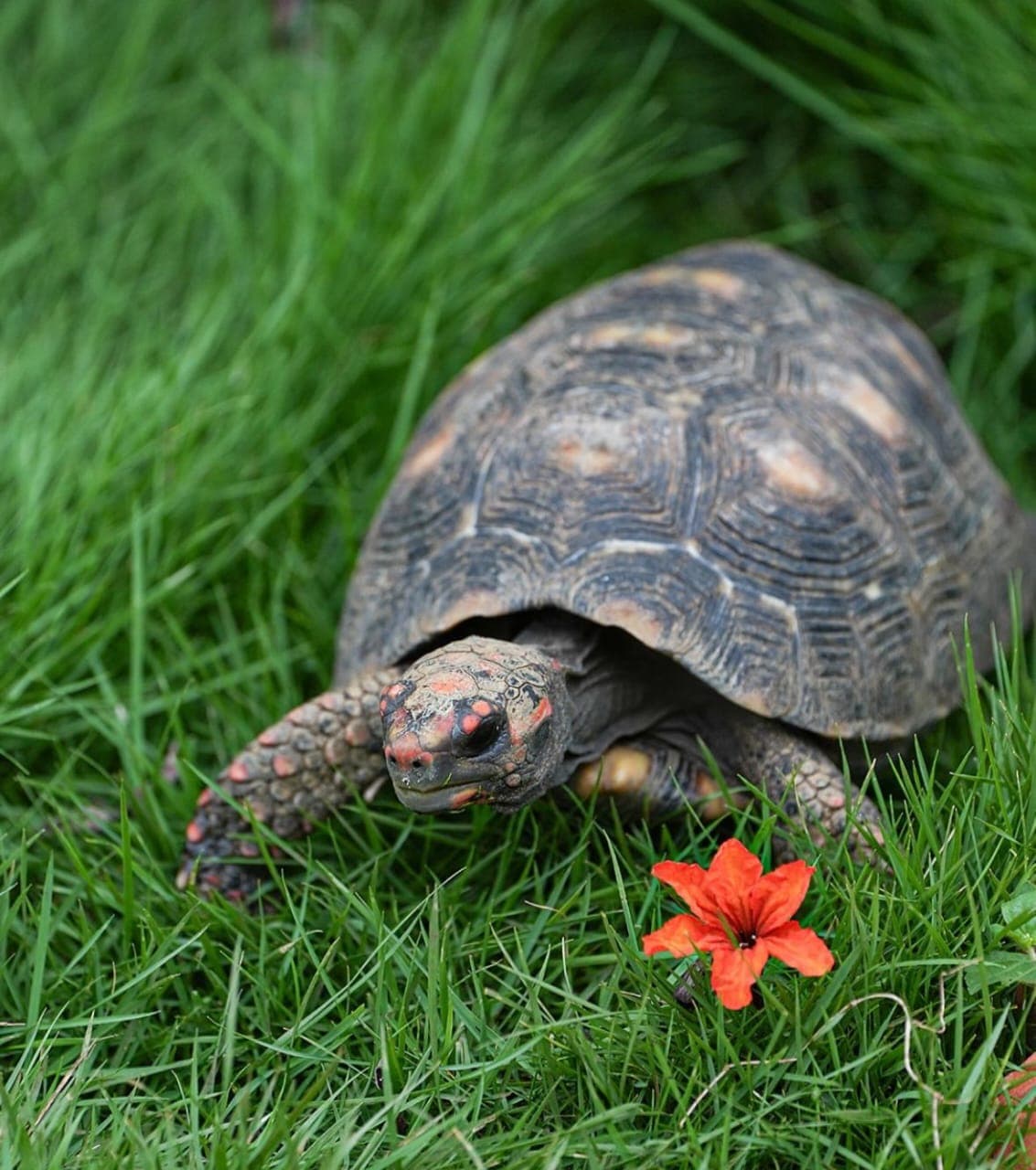We're loading the full news article for you. This includes the article content, images, author information, and related articles.
A global wildlife trade regulator’s commendation of two Indian rescue centres highlights a model of ethical care and advanced science that could prove vital for Kenya as it confronts challenges in protecting its own iconic species.

NAIROBI – A recent high-profile commendation of two Indian wildlife facilities by the global body regulating endangered species trade offers a potential blueprint for enhancing conservation governance in Kenya and across East Africa. The endorsement highlights a fusion of advanced veterinary science, ethical animal welfare, and strict legal compliance that resonates with Kenya's own conservation ambitions and challenges.
The Secretariat of the Convention on International Trade in Endangered Species (CITES) described the Greens Zoological Rescue and Rehabilitation Centre (GZRRC) and the Radha Krishna Temple Elephant Welfare Trust (RKTEWT) as “models of ethical conservation and responsible wildlife care” following an expert review. The report, prepared for the upcoming CITES Standing Committee meeting, praised the facilities for their world-class standards, including advanced veterinary infrastructure and enclosures designed to replicate natural habitats. Both institutions, which house species listed under CITES Appendix I—the highest level of protection—were found to be fully compliant with international law, with no documented cases of illegal wildlife imports.
The CITES report noted that the facilities have achieved significant success in medical care and encouraged the sharing of these experiences with the global scientific community. This emphasis on scientific advancement and transparency presents a compelling case study for nations like Kenya, which are navigating complex conservation issues.
Kenya faces persistent threats to its biodiversity, including habitat loss due to population growth, human-wildlife conflict, and poaching. According to government reports in September 2025, over 26,000 cases of human-wildlife conflict were recorded in the preceding two years, resulting in 255 human deaths and requiring over KSh 1.2 billion in compensation. These challenges underscore the need for innovative and well-resourced conservation strategies.
The Indian model, particularly its focus on rescue and rehabilitation, aligns with the work of the Kenya Wildlife Service (KWS). KWS has been actively involved in strategies to ensure human-wildlife coexistence, expand ranger recruitment, and secure wildlife corridors. In September 2024, KWS launched its 2024-2028 Strategic Plan, which aims for "thriving wildlife and healthy habitats" through a science-led, data-driven approach. The plan emphasizes community participation and aligns with national frameworks like the Bottom-up Economic Transformation Agenda (BETA).
The timing of the CITES report is particularly relevant given the deepening collaboration between Kenya and India on wildlife management. On Friday, May 23, 2025, the two nations signed a Memorandum of Understanding (MoU) to enhance cooperation in wildlife conservation. The agreement, signed in Nairobi by Tourism Cabinet Secretary Rebecca Miano and Indian High Commissioner Namgya Khampa, prioritizes capacity building, joint workshops, and skills exchange for experts and rangers in areas like veterinary services and wildlife security. This MoU builds on earlier discussions surrounding India's Project Cheetah, which has considered sourcing cheetahs from Kenya.
A key takeaway from the CITES assessment is the emphasis on rigorous documentation and legal adherence. The report highlighted an instance where GZRRC cancelled a planned wildlife import from Cameroon after CITES raised concerns about paperwork inconsistencies, a decision CITES lauded as prioritizing “ethics over convenience.” This level of institutional responsibility is critical in a global context where illegal wildlife trade often exploits administrative loopholes.
While the CITES mission praised the Indian facilities' high operational standards, it also recommended that India temporarily pause imports of Appendix I species to strengthen its systems for verifying the origin and purpose of the animals. This recommendation does not imply wrongdoing by the centres but rather calls for systemic improvements to ensure that rescue programs do not inadvertently create avenues for illicit trade.
For Kenya, which is home to numerous CITES Appendix I species such as the black rhinoceros and the African elephant, these lessons in governance are invaluable. As KWS continues to implement its strategic plan and foster international partnerships, the Indian example provides a robust framework for integrating world-class animal welfare with unimpeachable legal and ethical standards, ensuring the long-term sustainability of the nation's priceless natural heritage.
Keep the conversation in one place—threads here stay linked to the story and in the forums.
Other hot threads
E-sports and Gaming Community in Kenya
Active 7 months ago
Popular Recreational Activities Across Counties
Active 7 months ago
The Role of Technology in Modern Agriculture (AgriTech)
Active 7 months ago
Investing in Youth Sports Development Programs
Active 7 months ago